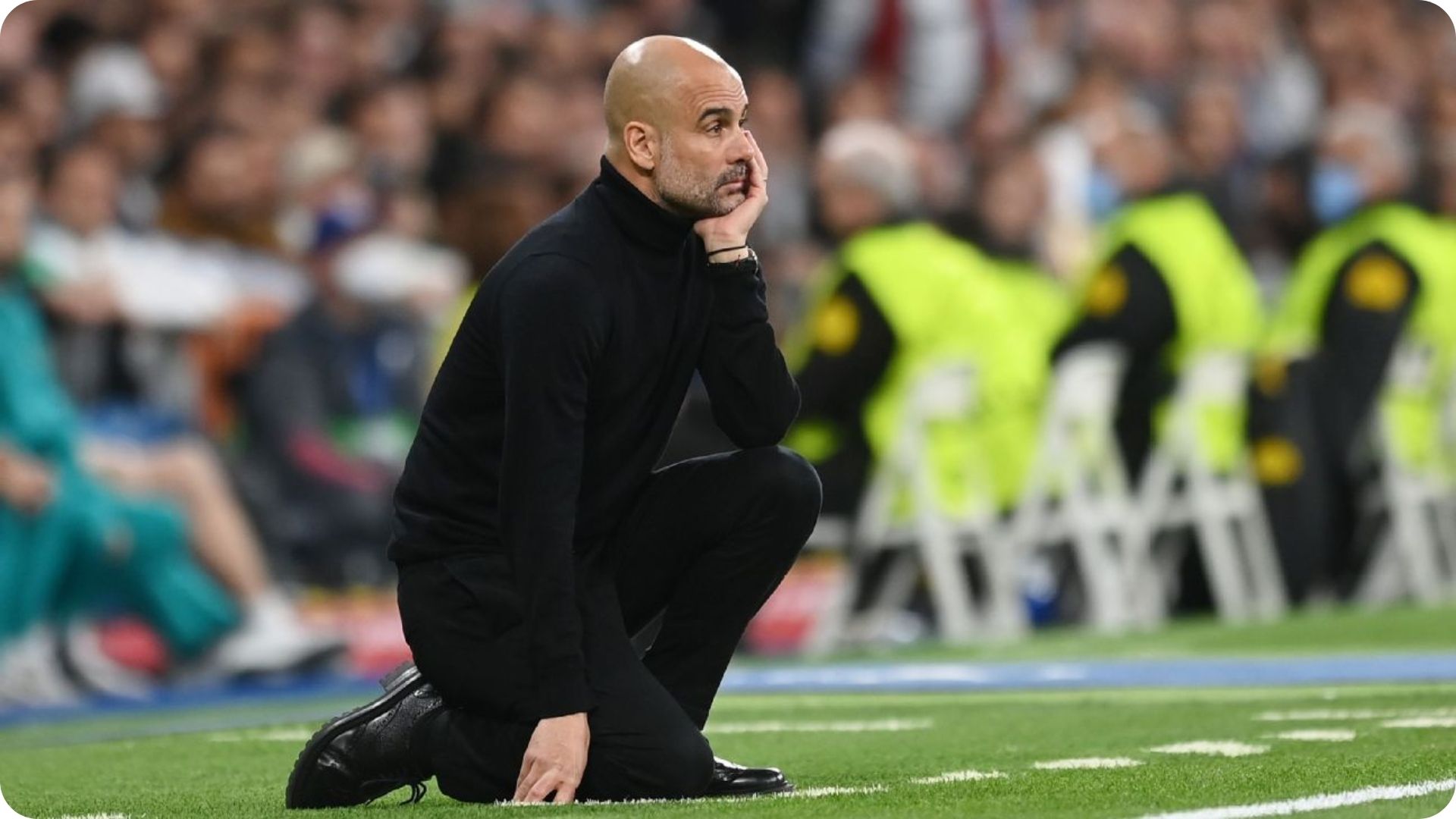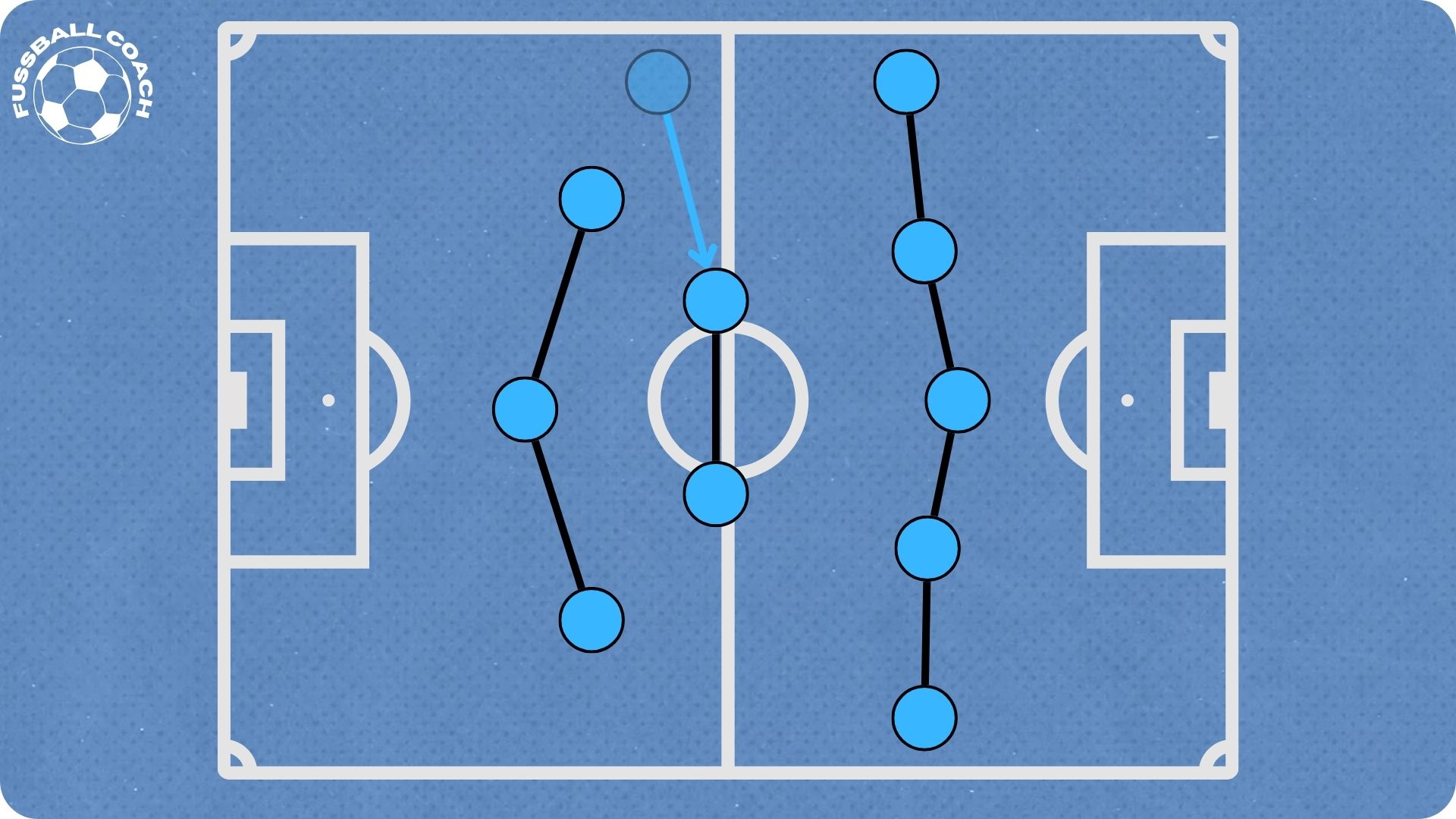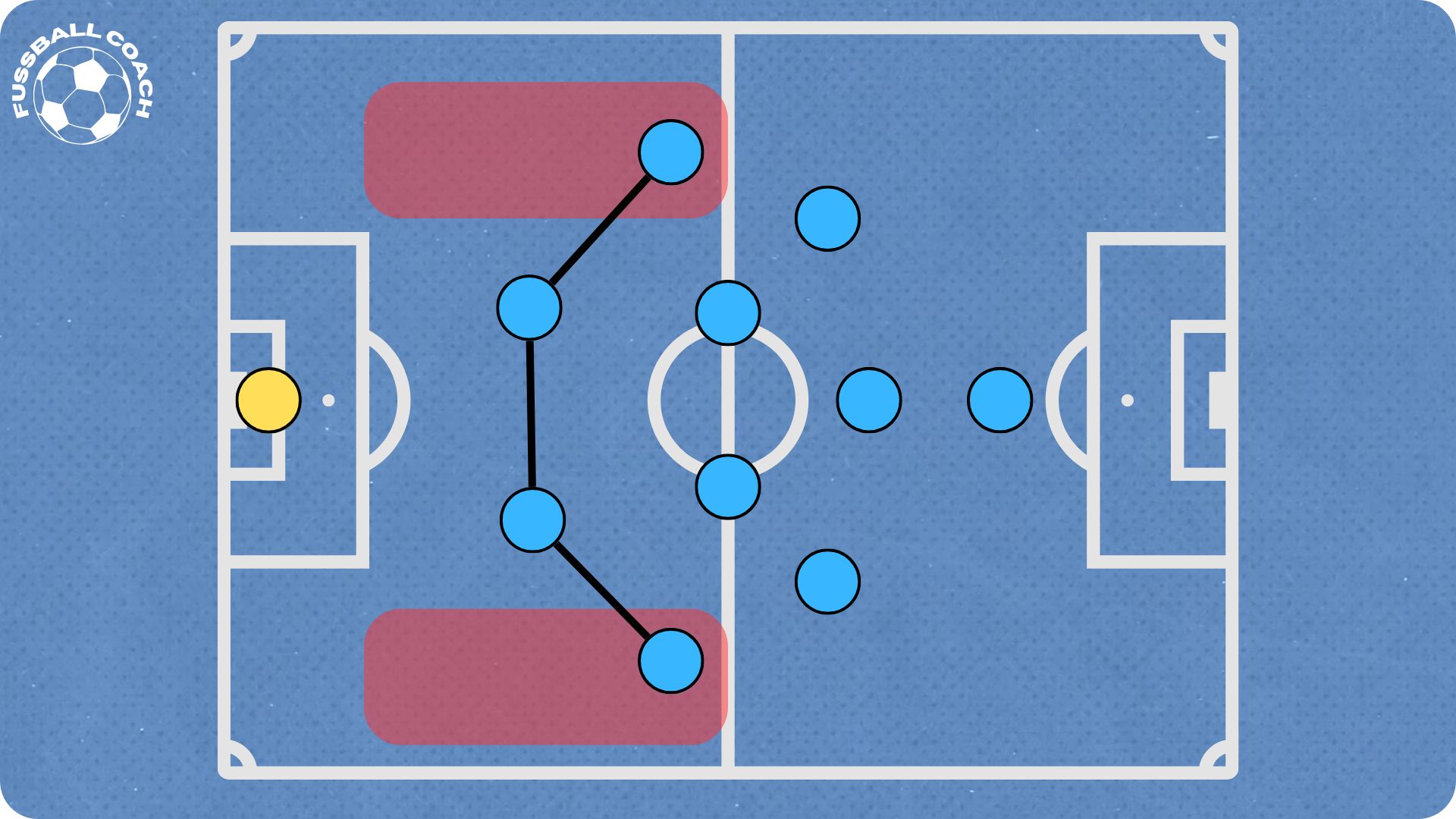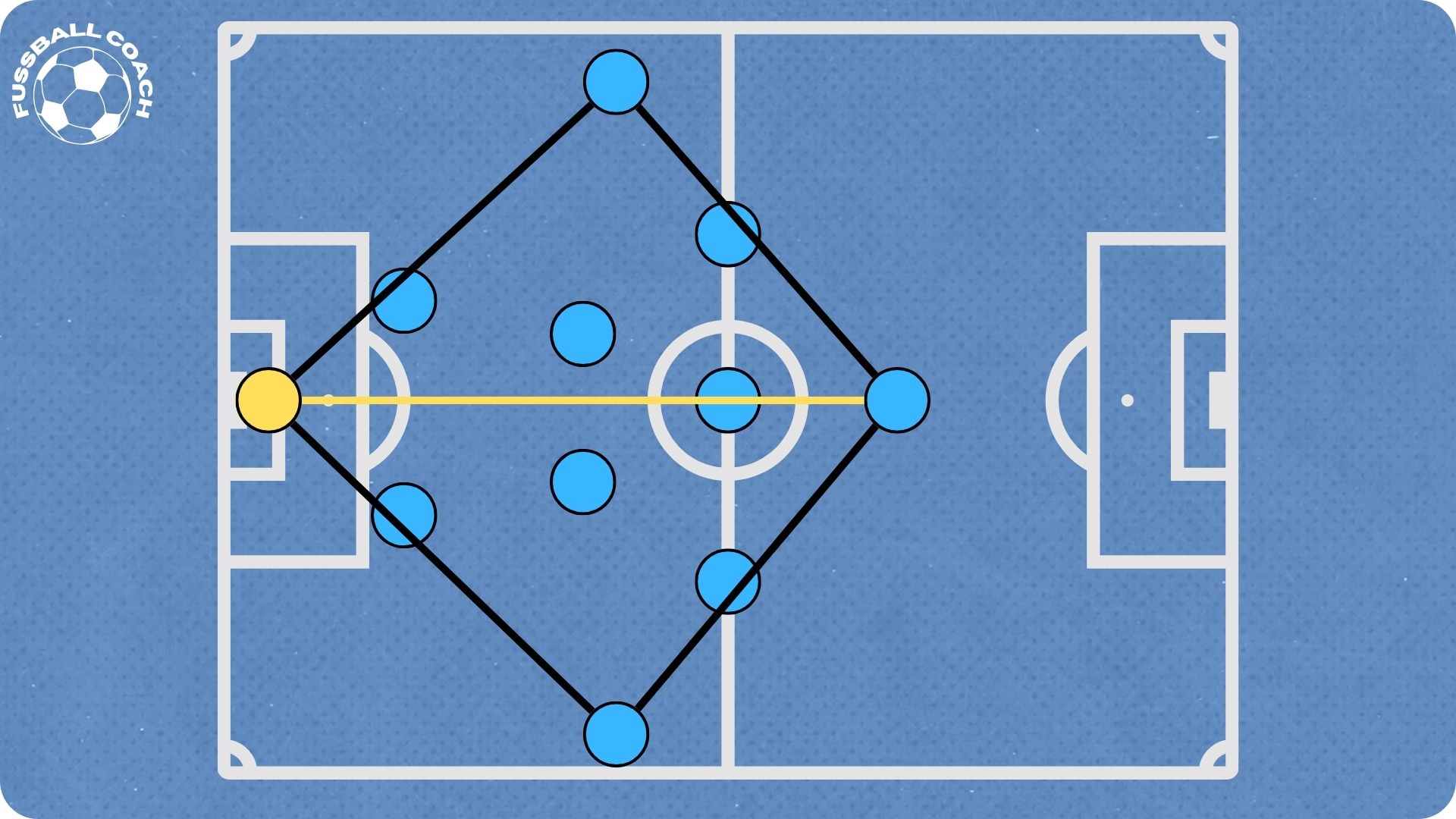- Fussball Coaches Newsletter
- Posts
- ⚽Guardiola’s Structural Reboot
⚽Guardiola’s Structural Reboot
Why Manchester City Are Abandoning Inverted Full-Backs for True Width
Presented by: ForActive
Hello and warm welcome to the latest edition of our newsletter! In this issue, the following topic takes center stage:
⚽Guardiola’s Structural Reboot
⚽Guardiola’s Structural Reboot
Pep Guardiola’s tactical evolution has always been defined by cycles: he builds control, opponents adapt, and he shifts the structure before the trend collapses. The 2025/26 season marks another of those pivots. After two years where Manchester City’s identity revolved around inverted full-backs, Guardiola has begun to re-establish true, wide full-backs—a shift that was particularly visible in City’s recent league win over Liverpool. It is not a cosmetic change; it is a structural reorientation of how City want to dominate space.

For much of the previous cycle, City relied on full-backs stepping inside to form a three-plus-two or even a two-plus-three build-up shape. The logic was straightforward: create central overloads, stabilise circulation, and pull the opponent apart horizontally. By crowding the half-spaces, City manipulated pressure, waited for the right moment to break lines, and used wide wingers to punish isolated defenders.

It was a control-first model—clinical, almost machine-like. But like all dominant patterns, it eventually met its counter-measure. Premier League teams became more comfortable pressing asymmetrically, blocking interior lanes, and using the touchline as pressure assistance. In effect, City’s interior control was neutralised by opponents who abandoned balance in favour of targeted disruption.
The 2025/26 switch to open full-backs is Guardiola’s response. Rather than dragging play inward, his full-backs now hold width, pinning wide players and stretching the opponent vertically as well as laterally.
Against Liverpool, this was unmistakable: the full-backs created permanent wide outlets, forcing Liverpool’s wingers to track back or surrender the flanks entirely. Instead of building pressure centrally, City created it through spatial expansion. By widening the first line, they unlocked cleaner progressive corridors and allowed the midfield to receive with forward-facing body shapes—a crucial detail in breaking a high press.

Presented by: ForActive
Black Friday is coming and your clients are already looking for the best deals. Soccer coaches shouldn't ignore this opportunity, but how do you make sure you're not leaving money on the table? This is why ForActive just launched a NEW Discounts feature.
ForActive is a simple, yet powerful app built especially for independent instructors & coaches, so that they can limit the time spent on admin work. The platform lets soccer coaches sell recurring plans, automatically track attendance, and even generate content for social media. With the new Discounts feature, it can also help maximize profits during Black Friday.
The winning play? 50-12-1 formation! In other words: 50% off for a 12-month minimum commitment on a membership renewing every 1 month. The best part? The 50% discount will only apply to the first month!
Let's run the basic math:
- $500/month membership
- 12-month minimum commitment
- 50% discount (only for the 1st month!)
- That's $250 now, but $500 every next month
- It's only $250 to secure $6,000 $5,750 for a year!
Ready to make Black Friday your biggest win of 2026 before the year even starts?
This change also alters the role of City’s wingers. Under the inverted-full-back system, wingers were stationed wide, tasked with beating isolated full-backs. Now they begin higher and narrower, almost functioning as inside forwards. Their starting positions occupy centre-backs and defensive midfielders, creating dilemmas: track the winger and leave width exposed, or hold the line and concede interior pockets. The result is a more direct, vertically aggressive City—one that seeks depth early rather than patiently constructing it.

But the deeper significance lies in what Guardiola is choosing to prioritise. With inverted full-backs, the focus was on possession security, rest-defence stability, and central domination. The new structure prioritises space creation and dynamic advantage over pure control. City still circulate with intelligence, but the pattern has become sharper, quicker, and less dependent on central numerical superiority. Instead of waiting for the perfect interior lane, they create instability through width and then play forward at speed.
Crucially, this reboot also protects City defensively. Inverted full-backs occasionally left City vulnerable to wide transitions if possession was lost high and central. By keeping full-backs wide, Guardiola ensures that defensive rest-structures naturally mirror the opponent’s counter-attacking channels. It’s not a regression to traditional full-back play—it’s a recalibration based on the realities of modern pressing schemes.

What makes this evolution particularly Guardiola is that it is proactive, not reactive. Opponents had begun flooding central zones because City encouraged it. By abandoning the interior as the primary hub, Guardiola punishes their preparation. Teams constructed systems to block City’s half-space overloads; now they face a City that avoids those traps altogether. It is a classic Guardiola manoeuvre: when the league masters one exam, he writes a new one.
The transition is not merely tactical but philosophical. City have shifted from “control the opponent by controlling space between lines” to “control the opponent by controlling the size of the pitch.” The pitch feels bigger, attacks develop faster, and City’s positional play—still meticulously structured—now carries a more vertical edge.

This is Guardiola at his most self-protective and most ambitious: altering the system before necessity demands it, and expanding City’s threat profile while opponents are still preparing for the previous version. The inverted-full-back era may return when football’s pressure patterns evolve again. But for now, City are stretching the game wider, deeper and sharper—and Guardiola has once again rewritten the geometry of English football.
Check out our Homepage for exclusive training videos and products.
Was this post forwarded to you? Subscribe here.
Have an idea or feedback to share? [email protected]


Reply